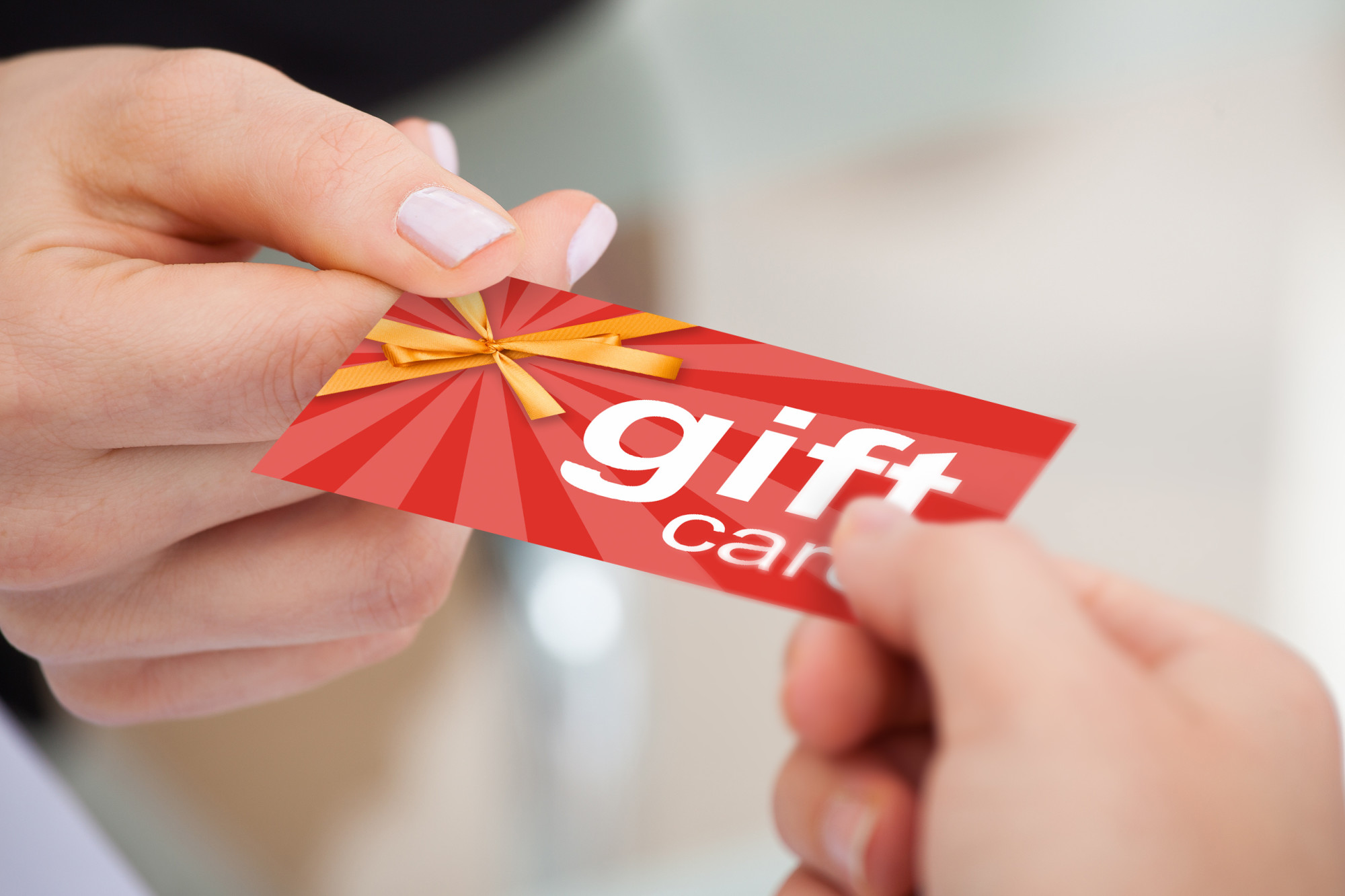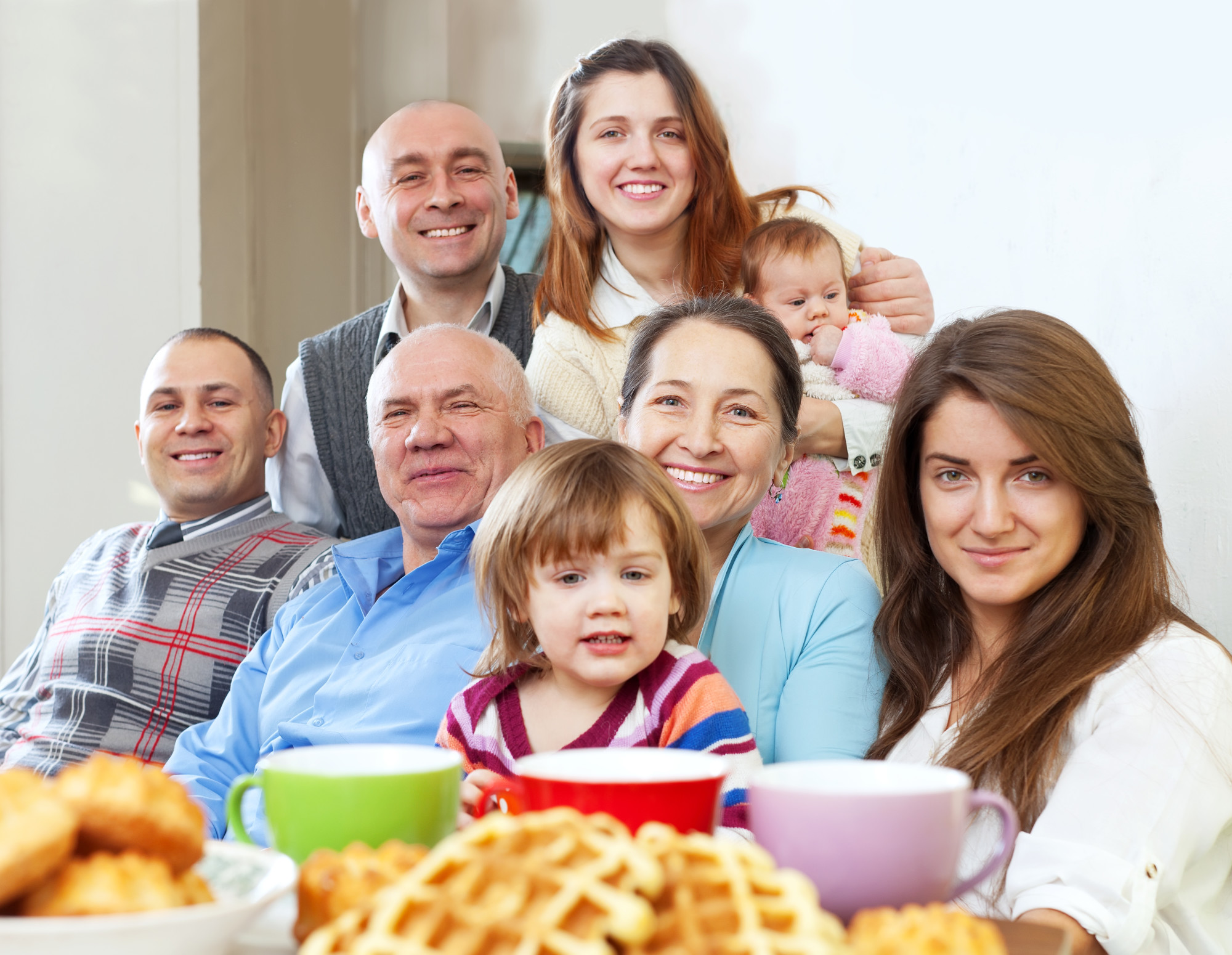Playing for a Purpose: How Toys Can Help Babies Develop the Pincer Grasp

You may not realize that every time you hold your pen, you’re using your pincer grasp. As babies, we learn how to grab objects, toys, and food at a few months old. What you may not know is that toys play a crucial role in developing a baby’s fine motor skills.
From what toys are best to when your child will pick up food, we’ll go over everything you need to know about the all-important pincer grasp. Let’s get your baby playing.
What Is the Baby Pincer Grasp?
When baby’s use their thumb and index finger to grab an item, this is known as the pincer grasp. This coordination is used as adults when we button shirts or write. Although adults use the pincer grasp without a second thought, this is a huge milestone in your baby’s life.
Toys are where you’ll see your baby perfect this skill first. Simple, sleek, wooden toys are often the best to encourage developmental play. Learn more about Grimms Toys for some great options.
When you see your baby start to pick up objects this way, you’ll know they are on the right track. Your child’s brain and muscles are working together in coordination.
Baby Development and the Pincer Grasp
The pincer grasp is a big developmental milestone in your child’s life. It’s one of the first signs of independence we see from our little ones. Your child has recognized an object, and their muscles were able to reach out and grab it.
For a baby, this is a big and exciting step. Your baby will start to use their pincer grasp between nine and ten months old. Children all develop differently, however.
It’s completely OK if your child starts to use this at six months old or closer to their first birthday. If your child hasn’t started using the pincer grasp around 12 months old, speak to your pediatrician.
In addition to playtime, eating is also where you’ll see the pincer grasp develop. As your child learns to self-feed and picks up food, they also perfect this important skill.
Toys and Activities Help Fine Motor Skills
Toys are a huge part of childhood development. Toys are for more than just fun. It’s through play that children learn about cause and effect.
Toys teach children about the world. Through play, children learn about size, depth perception, distance, and more.
Childhood Development Through Play
Play is how your child experiences the things they will later in life. Putting blocks into a cube, for example, translates into putting clothes in a dryer. Stacking toys is equal to putting books away on a shelf.
The more your child is able to play and explore, the more you’ll see them develop and thrive. To help encourage your child, put different toys or objects in front of your baby.
Let your baby choose which toys to grab and have them practice picking them up. You’ll see them put toys together, bang them, and stack them. This is all a part of childhood development.
Pincer Grasp 101
The pincer grasp is crucial for everything from playing to eating. This is the first sign your baby is gaining their independence. Play is one of the best ways to encourage this amazing milestone.
Give your baby plenty of supervised playtime and you’ll love watching their pincer grasp skills improve. For more helpful resources, visit the blog section for more family and parenting tips.



